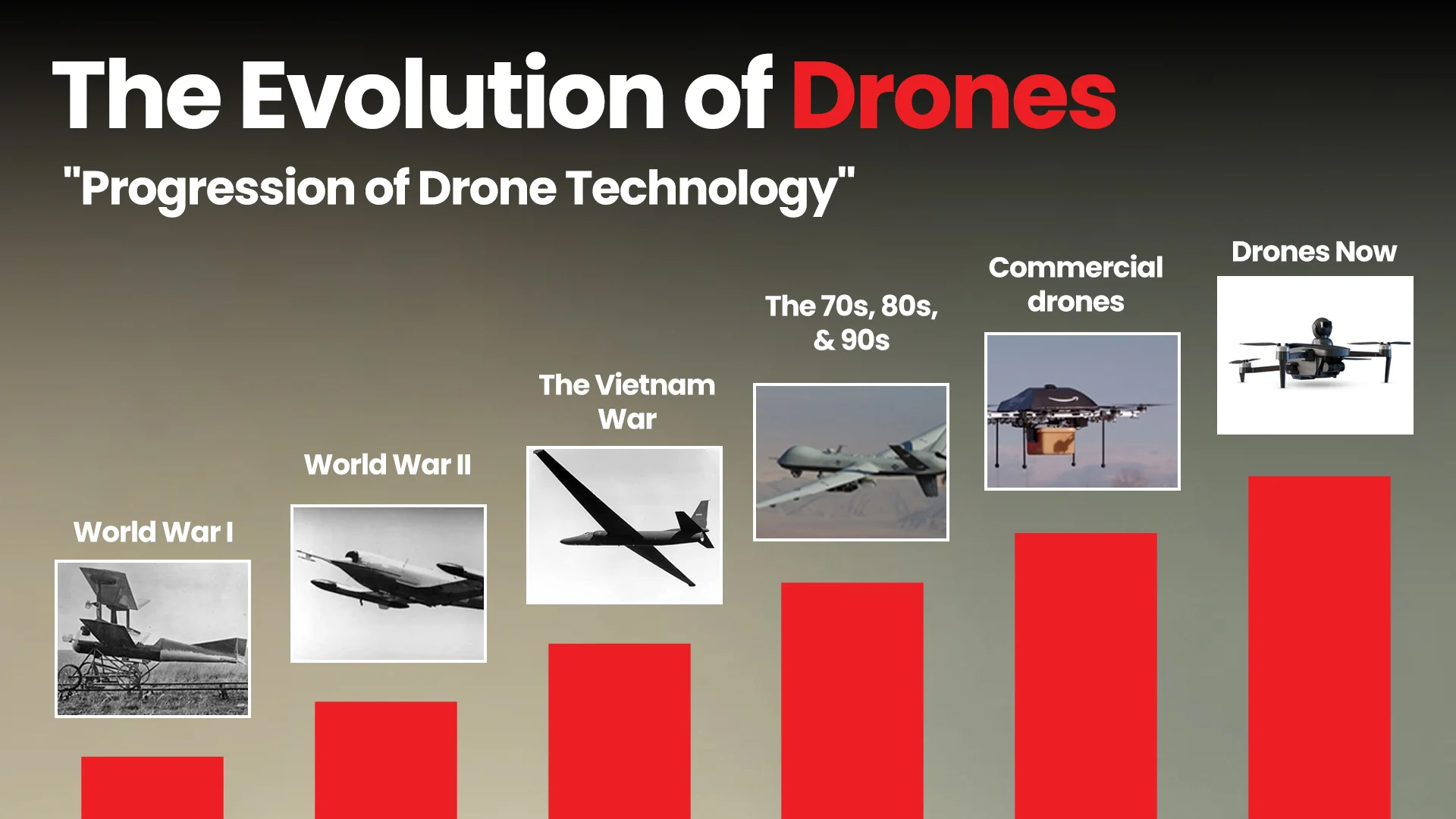Context:
India is witnessing a strategic shift in military doctrine, with drones playing a growing role in conventional warfare. Former Army Chief General M.M. Naravane has urged urgent policy and legal action against drone threats, following Ukraine’s successful long-range drone strikes on Russian airbases and India’s own use of drones in Operation Sindoor after the Pahalgam terror attack.
Global Lessons in Drone Warfare:
· Nagorno-Karabakh (2020): Azerbaijan used Israeli Harop loitering munitions to defeat advanced air defences.
· Ukraine: Integrated military and commercial UAVs, including modified off-the-shelf drones, into operations like Operation Spider Web, which struck Russian assets.
· Myanmar: Rebel forces used 3D-printed drones to counter superior military forces, showcasing low-cost asymmetric warfare potential.
Military and Commercial Drone Convergence:
The line between military and civilian drone technologies is blurring. Drones like Turkey’s TB-2, Iran’s Shahed, and China’s Wing Loong employ dual-use systems, making them accessible and scalable for both states and insurgent groups. Key enablers include:
· Open-source software;
· Modular hardware;
· 3D printing (e.g., Ukraine’s Titan Falcon, Myanmar’s Liberator).
Drone Resilience and Countermeasures:
Despite their advantages, drones remain vulnerable to electronic warfare, conventional air defences, and soft- and hard-kill systems. However, modern drones are evolving in response:
· AI-based Navigation: Ukraine has employed machine vision and pre-loaded terrain data to help drones navigate around radar systems.
· Swarm Tactics: Russia and China utilize saturation attacks to overwhelm enemy defences with large numbers of expendable drones.
· Fibre-Optic Tethering: Ukrainian forces have used fibre-optic guidance to bypass electronic jamming.
India’s counter-drone capability includes a mix of soft- and hard-kill systems, integrated within the Integrated Air Command and Control System (IACCS), which proved effective during recent escalations with Pakistan
India’s Drone Ecosystem:
The critical lesson from Ukraine and similar theatres is the importance of a robust and responsive defence industrial base. India faces a unique two-front threat from China and Pakistan, both of whom have invested heavily in unmanned systems:
• China: Possesses a diverse fleet, including long-range and swarm-capable systems like the Soaring Dragon and CH-901.
• Pakistan: Continues to enhance its drone capabilities via partnerships with China and Türkiye.
India must address longstanding issues in its procurement ecosystem:
• Challenges:
o Unpredictable procurement timelines discourage industry investment.
o Lack of volume orders undermines scalability and innovation.
• Recommendations:
o Develop surge manufacturing capacity for drones, loitering munitions, and missile systems.
o Incentivize private sector participation and modular design to ensure redundancy.
o Prioritize 3D printing and domestic component ecosystems to reduce foreign dependencies.
Internal Security and Non-State Threats:
India must also prepare for the threat of weaponised commercial drones in the hands of non-state actors. Attacks on strategic infrastructure using low-cost drones are not hypothetical — they are an operational reality. This demands:
• Integration of counter-drone technologies within internal security frameworks;
• Training and equipping law enforcement agencies with early warning and response systems;
• Civil-military coordination in drone detection and mitigation strategies.
Conclusion:
Drones are redefining modern conflict. India must scale production, invest in innovation, and fully integrate drone capabilities across its armed forces and internal security apparatus. In future wars, success will hinge not just on weapon quality, but on the ability to adapt, replace, and deploy at scale and speed.







